#longleaf pine
Text
Can I tell y’all about the longleaf pine? Aka Pinus Palustris :D
Ranging from southern virginia down the east coast to florida and as far east as texas, the longleaf pine may have dominated as much as 90,000,000 acres.
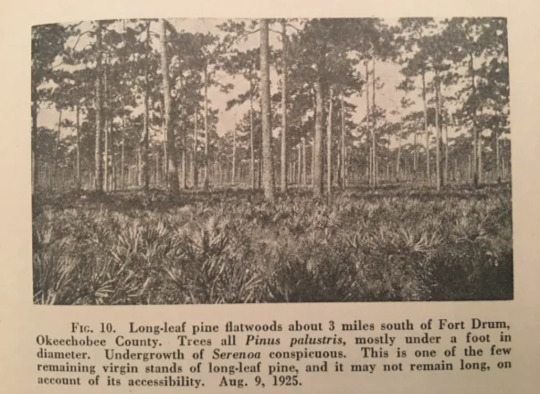
Tough and fire-resistant, these massive trees can grow to be 500 years old. Spanning miles- these pine barrens were a major part of the southeastern ecosystem.
Today, less than 3% of those forests remain.
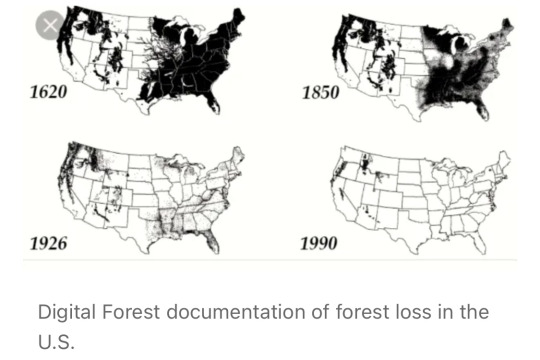
The longleaf pine is a evergreen conifer, growing to be 80-100 tall and a diameter of 3 feet. These pines get their name from their needles, having the longest of the eastern pines species.

The life cycle of longleaf pines is a unique one- rather than spending their first years growing in height, they instead start as a grass. This is essential to their development- they instead focus on growing their taproot- a long central root that can grow to be 12 feet long.

This root stabilizes the trees, anchoring them down through hurricanes and helping them reach groundwater throughout droughts.
After going through the grass stage, the pines begin to grow in height- entering the bottlebrush stage. At this stage they are resistant to fire, severe windstorms, pests and drought. It is these characteristics that make longleaf pines highly resistant to the effects of climate change.


And it's for this reason that conservation and restoration is highly important.
Beginning during colonization, forests began being cleared to make way for agriculture and development- and the exceptional lumber was used to build ships, railroads, turpentine and tar.
These forests were replaced by commercial forests full of loblolly and slash pine.
With their tall sturdy trunks and higher canopy coverage (when compared to other pine species), I consider longleaf pines to be an excellent overstory tree in a food forest system. With the litter dropped (pine cones, pine needles, bark, branches) they are excellent for compost or mulch material. There are medicinal uses for the tree, but I’m not an herbalist so I won’t get into that. Pine resin from the tree also makes a great incense, just make sure you collect it when it’s dry.
491 notes
·
View notes
Text

Oldest dated longleaf pine, Weymouth Woods
10 notes
·
View notes
Text





hungover and remaking a bunch of my trees
14 notes
·
View notes
Text
I led a children’s plant walk today and taught the kids and parents to identify some things. Then I went to a longleaf pine savanna and wondered around. It was beautiful. They burned it just last year and so it was singing with life. I layed in the sun and spread the seeds and loved it so thoroughly. And I wrote this poem/song
Blue sky lupine, yellow jessamine
Boneset, bush clover
Come on over to me
In the land of the long leaf pine
This is what you’ll see
Boneset, blue sky, yellow jessamine
Silk grass, Yaupon, Sarsaparilla tea
Cross of St Andrew
Come on over to me
Don’t you go tellin me ain’t nothin here to see
With silk grass, Yaupon, and sasparilla tea
Lay down, soft ground, sunshine n’ breeze
Warm southern winter
Come on over to me
Birdcall, bunny paw, I’m happy as can be
With lay down, soft ground, sunshine and breeze.



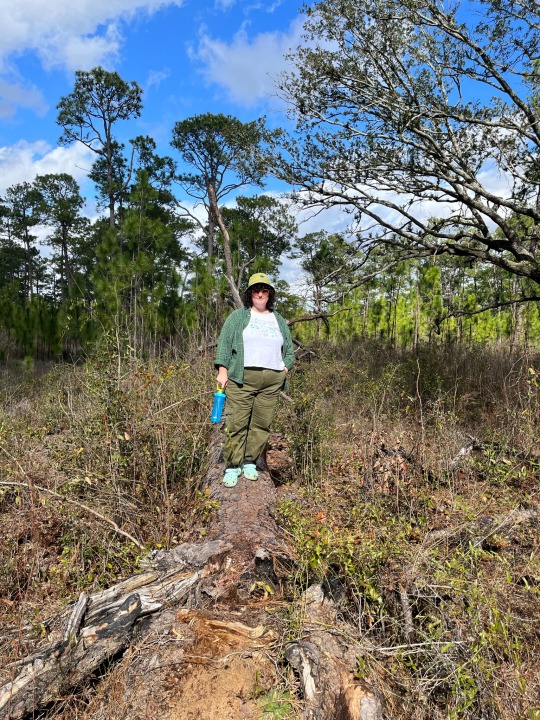
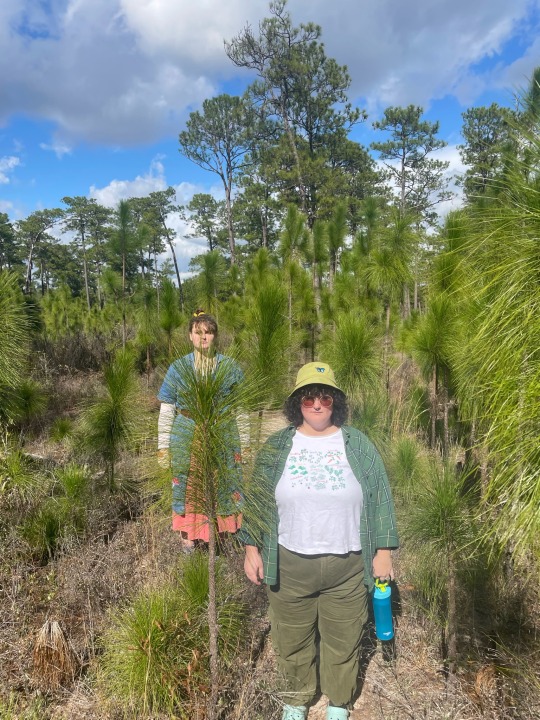
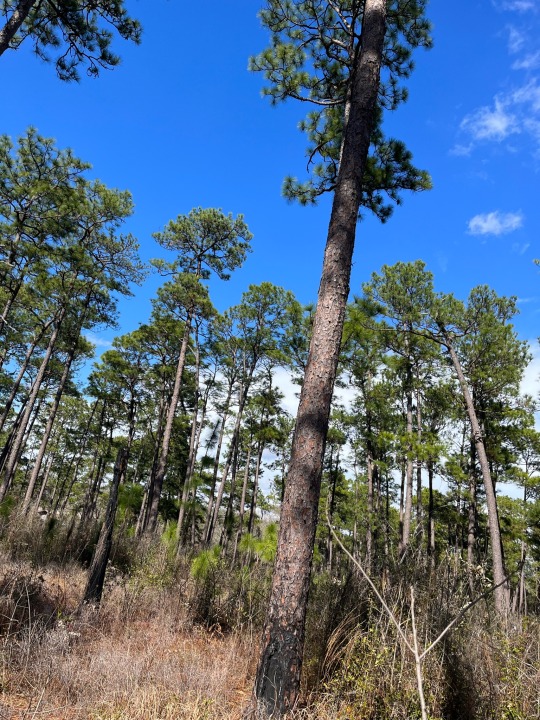


7 notes
·
View notes
Text
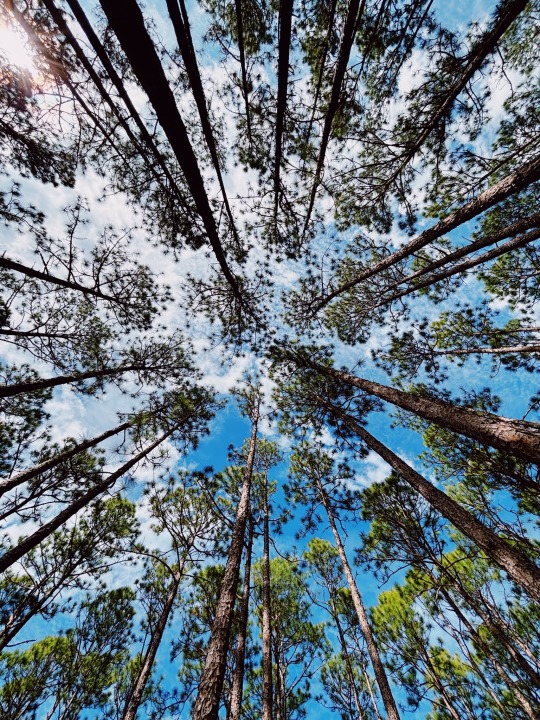
Salamander pov
3 notes
·
View notes
Photo


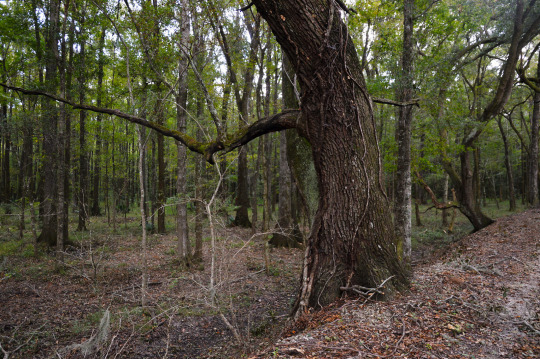
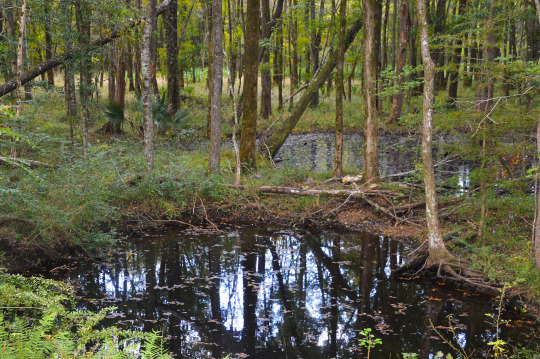

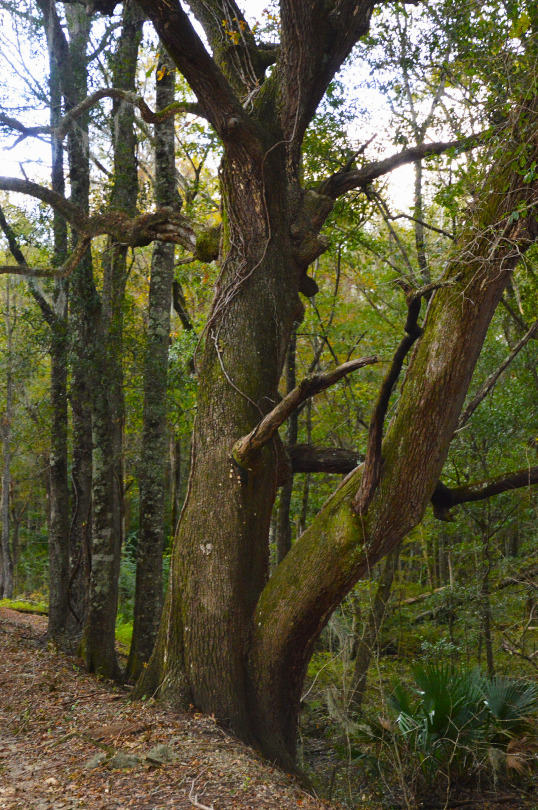
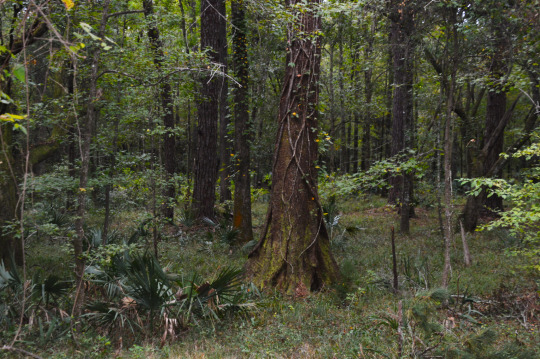

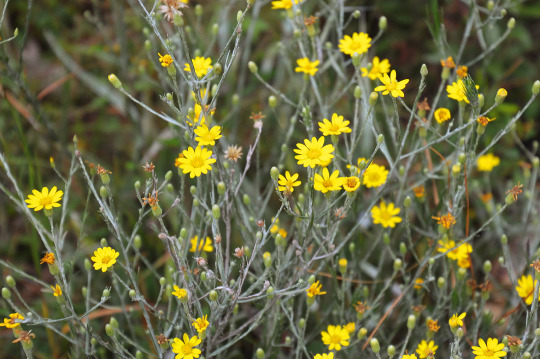
Bonneau Ferry Wildlife Management Area.
Cordesville, SC. October 2022. Photos by M. Lucero.
#bonneau ferry wildlife management area#bonneau ferry#cordesville#sc#south carolina#lowcountry#southern#forest#swamp#longleaf pine#southern gothic#photo#photography#photography on tumblr#photographers on tumblr#original photography#2022
7 notes
·
View notes
Text

I love maintaining ecosystem health!
0 notes
Text

One more scrub/flatwoods picture; gotta appreciate the pines.
#longleaf pine#flatwoods#what is the flatwoods monster and why is that a popular tag? O.o#florida#nature#southeast us#trees
0 notes
Text
Pine Tree Bark has Fantastic Texture and is Quite Colorful
Pine Tree Bark has Fantastic Texture and is Quite Colorful features a closeup photo of the bark from a mature, healthy longleaf pine tree. It explains why the author/artist likes to photograph wood and why pines are not only beautiful, but useful too.
Pine Bark
Wood is one of my favorite things to photograph because it frequently has lots of interesting textures and colors. And, of course, different woods have different textures and colors, which makes it all the more interesting. Often when I take pictures of wood it is either cut, broken, or somehow polished, but barks are also pretty cool. Like the wood itself, each type of tree has a…
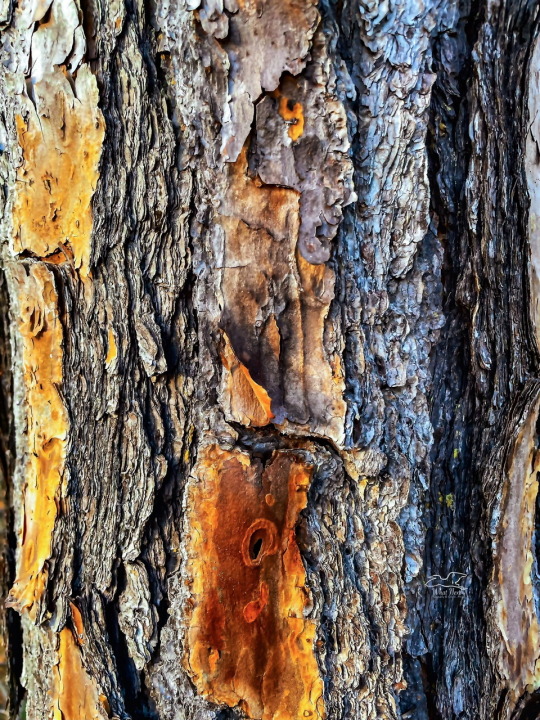
View On WordPress
#beautiful pine bark#colorful pine bark#Florida pine trees#Florida pines#longleaf pine#longleaf pine tree bark#longleaf pine trees#photography#pine bark#pine tree bark#pine tree photographs#pine tree photography#pine trees#pines#textured pine tree bark#textured tree bark
0 notes
Text
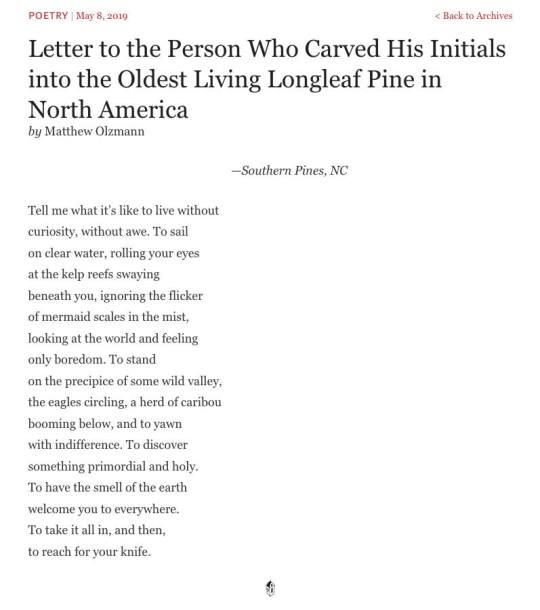
University of Akron Press
#Matthew Olzmann#Letter to the Person Who Carved His Initials Into the Oldest Living Longleaf Pine in North America#poetry#poem
19 notes
·
View notes
Text
"Tell me what it’s like to live without / curiosity, without awe."
Read it here | Reblog for a larger sample size!
#closed polls#polls#poetry#poems#poetry polls#poets and writing#tumblr poetry#have you read this#nature poetry#letter to the person who carved his initials into the oldest living longleaf pine in north america#matthew olzmann#admin faves
12 notes
·
View notes
Text

Oak Amidst Pines, Paint HIll Tract
5 notes
·
View notes
Text

@dumpsterhipster
I finally resumed the one shots (again). This one has been sitting in my drafts forever. And, hey! It’s actually close to my 1k-word limit for once! (Mostly because your neighborhood environmental scientist got a little carried away with the topic and had to cut it short before she had more than her weekly allotment of existential crises.)
Anyway, here’s part one of two. Enjoy!
* * * *
In Hot Water - Part 1 (Lily)
“I don’t get it.”
“What’s not to get?”
“I don’t understand what I’m looking at.”
Tanner grinned, thoroughly pleased with my confusion. He had been casting smug glances in my direction since he had picked me up at the airport the night before. Clearly, my reaction hadn’t disappointed.
“Tell me what you see,” he said.
I stared at the smooth, crimson-skinned creature at the foot of the tree. It sort of resembled a four-legged slug, one the length of my hand. “It’s a salamander,” I said.
“Yep.”
“It’s a fire dwelling salamander.”
“That’s right.”
“It’s in water.”
“Correctamundo.”
Between the thick buttress roots of a bald cypress, the supposed fire salamander lounged in a shallow depression filled with water. It had submerged its whole body—and seemed quite content in its little bath. The salamander’s chin rested on a small stone at the edge of the water. While it occasionally turned its head to gaze at us with its black, bulbous eyes, it wasn’t too concerned about our presence.
Tanner laughed his characteristic jovial laugh. He always found something to laugh about, no matter the situation. “Told ya you’d want to see this.”
“I don’t understand,” I repeated. “It shouldn’t be alive. Fire salamanders can’t survive without salamander fire. Not for more than six hours, and not in water.”
“True. Unless it’s a hybrid.”
“With…what? A regular salamander? How would that work?”
“Well, you see, when two salamanders love each other very much—”
“Thank you!” I exclaimed.
He chuckled. “Honestly, that’s the question. Two different species, two different niches. It shouldn’t be possible. I mean, look around.”
He pointed towards the trees behind us: thin, straight pines with rough reddish bark and scraggly heads of long green needles. It was the flattest, most open forest I had ever seen. The wide spaces between the tree trunks allowed the sun to cast a golden tint over the short grass below, mixed with dots of yellow, purple, and red from sporadic patches of wildflowers and pitcher plants.
“Longleaf pine savanna—a fire dependent ecosystem. We do controlled burns here all the time. The perfect fire salamander habitat.”
He pointed towards the cypresses, where the trees were far less open. The grass and bushes here were taller, more tangled together, and a far deeper green than most of the savanna. There was a small pond beyond the tree trunks, but I was more likely to be swallowed by vines than reach it on foot.
“Temporary wetland. The actual swampy part of the swamp. The vegetation doesn’t burn as well here, so it's better for species that thrive in wetter conditions—like good ol’ ordinary salamanders. All part of the same ecosystem, but different niches. There shouldn’t be overlap. Hypothetically.”
“Your hypothesis just got rejected,” I said, looking back at the fire salamander that was not, in fact, on fire.
“So, new hypothesis: hybridization. And desperation. The population numbers of both species are declining, so the choice of mates is limited. I know a flaming amphibian wouldn’t be my ideal date.”
“What’s causing the decline?”
“Scale rot, habitat degradation, water pollution, etcetera, etcetera. Take your pick. There are quite a few of them.”
“Hybridization isn’t viable in the long-term. The genetics…”
“Yeah, the genetics are a bitch. Got some colleagues looking into inbreeding too. They’re worried these guys might be speedrunning themselves into local extinction.”
“Any plans for reintroduction? ‘Cause I know a reserve back home that has a ton of fire salamanders. I could talk to some contacts.”
“Thought about it. But reintroduction isn’t going to do any good if the habitat conditions don’t improve. And no one wants to sink thousands of dollars into captive breeding until we have more data.”
“If they’re worth saving, you mean,” I said flatly.
He snapped his fingers. “Right on the money. Or lack thereof.”
So we were dealing with all the usual depressing stuff. Great.
“What are you looking for? Genetic importance?” Fire salamanders existed worldwide, but if these were a genetically distinct subspecies, that might change things.
“My geneticist friends are. I’m more interested in ecological importance. A lot of processes at work in this forest. Not many like it left in the country.”
“And the non-magical salamanders they’re hybridizing with?”
“Got a No-Maj team looking into them, with one Magizoologist in the mix. We have a reasonable research plan for both species. Now it’s just a matter of getting the go-ahead. And the funds.”
My legs had begun to cramp where I was crouched. I dropped to one knee on the unexpectedly spongy ground. Water soaked through my jeans.
“What can I do to help?” I asked.
Tanner shot me a broad grin, too mischievous. “I’m so glad you asked,” he said. “Since I know how much you absolutely love grant writing—”
“No.”
“—and since I know how amazing you are at it, how stellar—”
“Tanner.”
“—could you—pretty please—proofread our draft?”
“Oh.” I relaxed. “Yeah, sure. You could’ve led with that.”
Not nearly as mischievous, he said, “I have written twenty pages of letters and essays in the past two days. Let me find little things to entertain myself, please.”
I laughed. “So we’re out here because…?”
“I really needed a walk.” He pointed at the salamander. “Plus that? That’s cool as hell.”
“Yeah.”
Not a bad way to spend your last few generations: as a magical disaster chilling in a puddle. Well, maybe not chilling.
I squinted at the water around the little red amphibian. Bubbles had begun to rapidly rise, approaching a rolling boil. The salamander continued to rest its chin on the stone, its eyes half-closed. “Huh. That’s new.”
Tanner retrieved a notebook from his pack. “‘Spontaneous boiling,’” he wrote aloud. Twirling his pencil around his fingers, he added cheerfully, “Grant funding here we come.”
#can you tell i love longleaf pine savannas?#the mad witch#hphm#hogwarts mystery#lilianna flores#those years in between
13 notes
·
View notes
Text
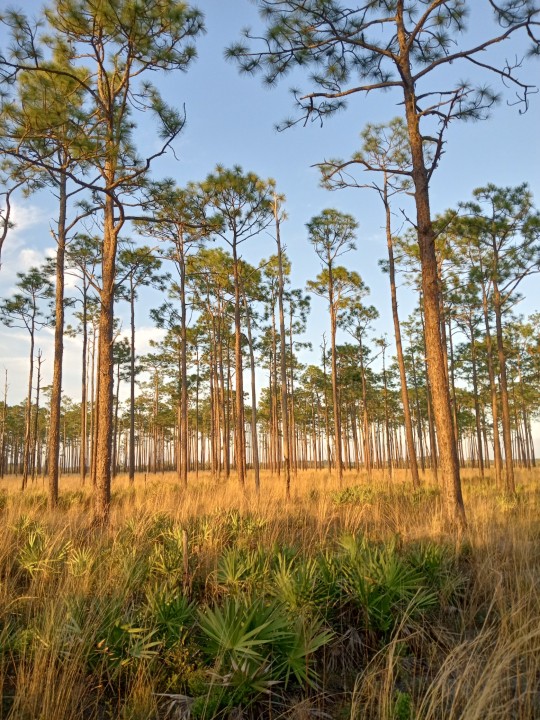

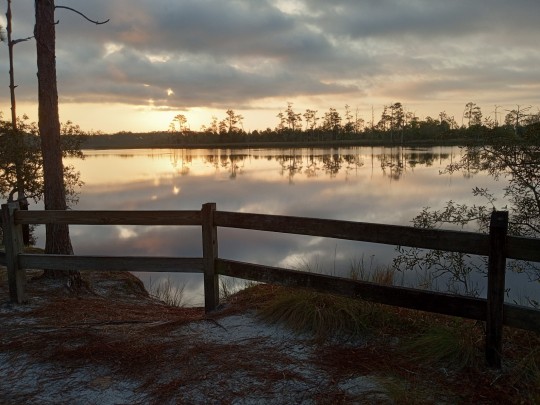
Florida is uniquely lovely!
We went camping this weekend, and had a great time, and saw some of the peak of natural Florida!
This pine forest needs regular fires to release seeds and refresh the forest, so you see charred trunks from the controlled burns everywhere you go. It's a beautiful reminder of the natural cycles around us! I love it so much!!
Also these tiny red sundew plants are carnivorous and were all along the marshy bits of the path :)
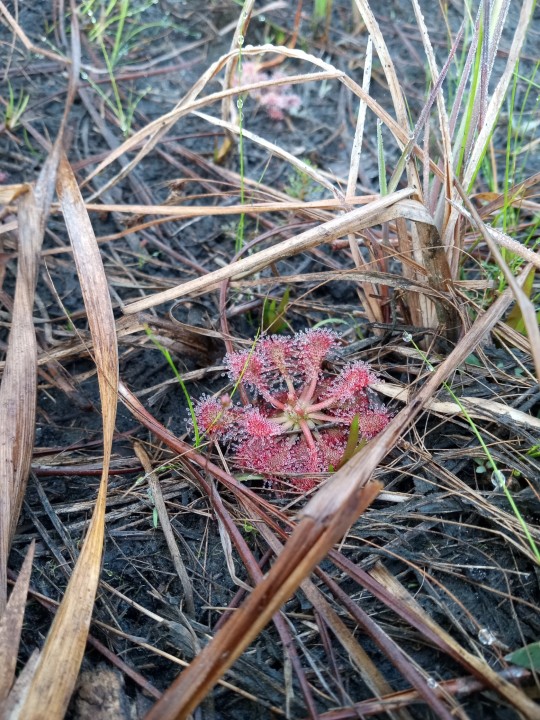
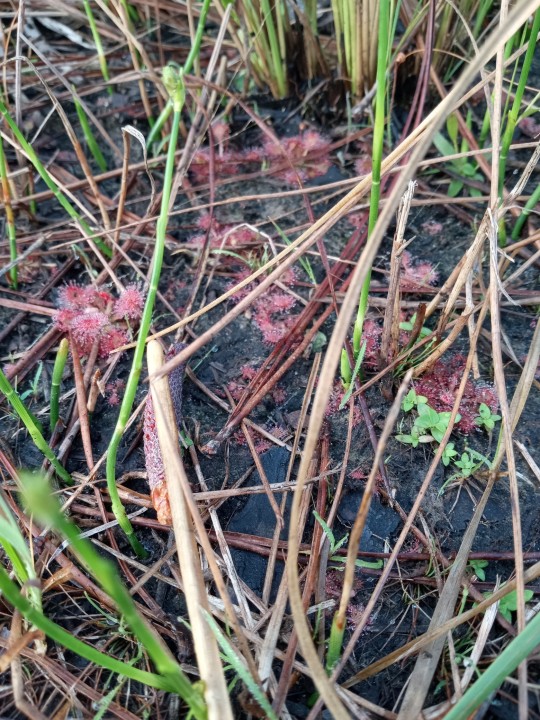
#florida#lori chat#forget disney and the beaches pine forests are where its AT#but for real the native ecology of this state is so goddamn breathtaking yhat it kills me when it all gets mowed over for more disney#tourists and people moving here please appreciate what a wonderful place this is!#Anyways this sort of longleaf pine forest is my favorite habitat in the WORLD. the BEST.
10 notes
·
View notes
Note
Happy WBW!!!
Have you developed any etiquette in Nicea (or other wips) — polite or rude? Is there anything that’s considered “too crass” for polite company?
— @outpost51
Okay, well, first of all, do not call permanent planetsiders "groundgrazers" in polite company. In fact do not take your etiquette cues from Isabel unless she has her captain voice on.
Some other things I thought of:
When you're docked at a spaceport (i.e. the kind with space elevators that go to the actual planet) it's common to use the airlock on the station side as a foyer/meeting spot because ideally you don't actually need to worry about pressure and air content going from your ship into what is essentially a space airport. But it's generally considered rude to hang out in your airlock with the station door open. It doesn't really hurt anything, except there is nothing to keep the sound from echoing and being annoying.
When entering a starship with artificial gravity, it's polite to compliment the hand-painted magic pigment patterns that create said artificial gravity. Sometimes that's the equivalent of saying "you have a lovely home" and sometimes it's like "dude sick floor. who did it??"
Copying over what I said in the tags on that post about Bo, witches wear gloves as a group signifier and a courtesy because one type of witch—dive witches—can read people's minds on contact. Even though you can only be one kind of witch and most are not dive witches, it's rude to taboo for witches to not wear gloves. (In a few systems, it's straight up illegal and you can be fined; however, this is only a functional rule in witch-only areas because otherwise it's literally people calling out anyone who looks too weird, nevermind that most witches dress in a "normal" way and there is no physical "witch" attribute.) In the Nicea's home locality, it generally falls on the rude end of the spectrum.
In many systems, but Antarac and Rade especially, it's not rude/weird to ask if someone is adopted. Like, maybe don't ask it the first time you meet someone, but so many people are adopted and so many families are a mix of the four known species (humans, cow people [I've been just calling them bovids; think "catgirl"/"catboy" but with cow features instead], werewolves [shifters], and dragon people [straight up bipedal/humanoid dragons]) that it doesn't carry the implication of being Different or not belonging. (If you ask it in less diverse parts of Gevorad or in Hybres they probably assume you're from one of the more mixed areas/systems.)
On Rade, it's particularly rude to give people cut flowers. Cut flowers are associated with death because they are typically what people put on graves (because they decompose and don't disrupt natural burial sites). If you want to get someone a plant for reasons other than burning bridges, get them a living plant.
On Gevorad, baking is a big deal, and there's some etiquette around giving people baked goods as gifts. Allergies/preferences notwithstanding, there are common associations between certain pastries and specific situations/milestones. Which means people have genuine conversations that sound like "you gave her a donut?? a COLD donut??? no wonder she didn't wanna go out with you". (I came up with this based on the current theory that Isabel and Rodney's dad is a baker and the ominous Family Business they want nothing to do with is literally just a bakery.)
I also wanna drop one rude thing from TFA here because Dez does this and mildly gets in trouble: calling tree people "trees". Their species name is actually "uep" and while "tree" isn't like a slur it is also something that Dez should have thought more than twice about before saying in front of a bunch of elementary schoolers at storytime. Relevant excerpt:
“I see you’ve brought a friend,” Jaccson said.
“Mmhmm,” Lacey said, still not letting go of his fingers. “His name is Dez and he’s a blob.”
Jaccson’s smile widened as one of the other sprouts said, “He’s obviously a robot.”
“I’m an android, actually,” he said, and once again felt everyone’s attention shift from that other sprout back to him, which only made him feel more gigantic. He was too tall to be sitting among children.
“What’s the difference?” the sprout asked. Per was big enough to be much older than Lacey, but didn’t sound like it. Maybe it was a species difference, because this other kid was a redbud.
“An android is a type of robot,” he said, formulating his syntax based on his general understanding of network content for children.
“So then you’re an android and a robot,” the sprout said. What per didn’t say was “and that’s why I’m right”, but he got that loud and clear anyway.
“Yeah,” he conceded, “but calling me a robot is like calling you a tree. It’s not very useful.” He hoped he didn’t also have to say that it wasn’t very nice, either, in his opinion. Judging by the general widening of eyes around him, he suspected not.
(It's also rude to call uep children by something other than per/per pronouns unless they tell you otherwise. Some switch to other pronouns at a young age, some do it later, and a few never do. And it's rude to call Dez a robot because even though this random kid doesn't know it, he does not like that and will explain that as far as he's concerned robot is a category for roombas and such.)
Nicea taglist: @kahvilahuhut
#I had way too much fun with this ask#y'all just keep encouraging me and it WORKS#setting & species posts are coming soon for both settings tho#thank you to my husband for the bakery idea#Lacey is a longleaf pine uep in per grass stage which means per hair is basically a gigantic poof of needles pulled into pigtails#per is like 5. the redbud kid isn't much older as Dez surmises - longleafs just grow slower#rose brambles#wip: nicea#c: Dez#wip: tfa#c: Jaccson#c: Lacey#wbw#worldbuilding wednesday
3 notes
·
View notes
Link

David Printiss heads down a ravine near a longleaf pine seed nursery, known as Garden of Eden, in Florida. © Andrew Kornylak

Panorama image of longleaf pine at Green Swamp Preserve, North Carolina. © Andrew Kornylak
Excerpt from this story from The Nature Conservancy:
Across the coastal plains of the southeastern United States, amid miles of industrial slash and loblolly pine farms, remnants of another pine forest—once North America’s largest—hide in plain sight. Unlike densely shaded deciduous forests, longleaf pine trees grow wide apart. This distance forms an open canopy that lets sunlight spill down through a mostly vacant midstory to reach a forest floor tightly packed with grasses and flowering plants. Though these forests can feel almost empty, the longleaf pine ecosystem is a trove of biodiversity. Some researchers estimate its species richness is surpassed only by tropical forests and coral reefs. But with less than 5% of longleaf pine forests remaining, states, the federal government and conservation groups, including The Nature Conservancy, are working to save these Southern forests—and the species that depend on them—before it’s too late.
6 notes
·
View notes